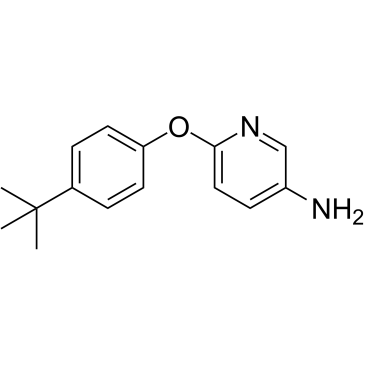| DC11017 |
ZLDI-8
|
ZLDI-8 (IAC-8) is a novel Notch signaling pathway inhibitor for Notch activating/cleaving enzyme ADAM-17, significantly decreases the level of NICD and accumulation of NICD in the nucleus; exhibits cytotoxic acitviity against MHCC97-H cells with IC50 of 5.32 uM, reduces the expression of pro-survival/anti-apoptosis regulators, Survivin and cIAP1/2, also increases the expression of epithelial marker E-Cadherin and reduces mesenchymal markers N-Cadherin and Vimentin in HCC cells; significantly disrupted the activity of Notch pathway in HCC cells and inhibits the epithelial-mesenchymal transition (EMT) process of HCC cells; ZLDI-8 treatment enhances the susceptibility of HCC cells to Sorafenib, Etoposide, and Paclitaxel both in vitro and in vivo. |






















